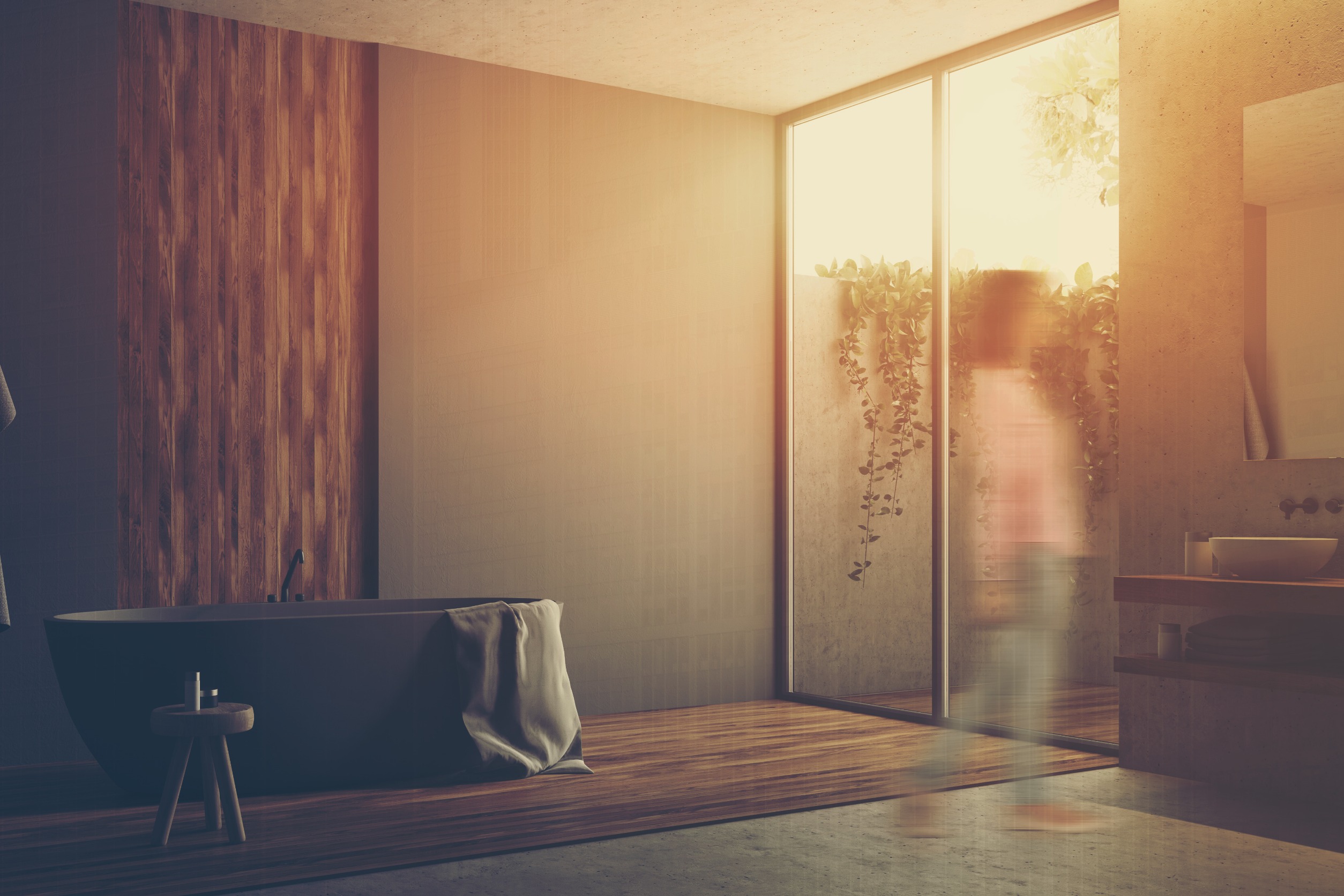
In today’s fast-paced and consumer-driven society, the minimalist lifestyle offers a refreshing alternative. Emphasizing simplicity and intentionality, minimalism encourages us to evaluate what we truly need and value, shedding the excess that clutters our lives. This approach goes beyond mere decluttering; it’s about creating space for what truly matters and fostering a sense of peace and clarity. As more people embrace minimalism, they discover that many items they once deemed essential become unnecessary, leading to a more streamlined and fulfilling existence. In this article, we explore 12 things that become useless in a minimalist lifestyle, highlighting the benefits of letting go and embracing simplicity.
1. Excess Clothing

In a minimalist lifestyle, the need for a vast wardrobe diminishes significantly. Minimalists often adopt a capsule wardrobe, consisting of a limited number of versatile pieces that can be mixed and matched. This approach not only reduces clutter but also simplifies daily decisions. Over time, excess clothing becomes redundant as one learns to value quality over quantity.
2. Unused Kitchen Gadgets

Minimalists prioritize functionality and simplicity, leading them to discard seldom-used kitchen gadgets. Items like bread makers, juicers, and specialized appliances gather dust in favor of multi-purpose tools. By decluttering the kitchen, minimalists create more space and ease of use. The focus shifts to essential items that serve multiple functions, streamlining cooking processes.
3. Decorative Items

Ornamental decorations lose their appeal in a minimalist lifestyle, where each item must serve a purpose. Minimalists prefer a clean, uncluttered environment, free from unnecessary knick-knacks and trinkets. This approach fosters a serene and organized living space. Instead of decorative items, minimalists might choose a few meaningful pieces that bring joy and aesthetic value.
4. Bulk Paperwork

Paper clutter, such as old bills, receipts, and unnecessary documents, becomes obsolete. Minimalists embrace digital solutions, scanning and storing important documents electronically. This not only saves physical space but also enhances accessibility and organization. With fewer papers to manage, the minimalist’s home office or workspace remains tidy and efficient.
5. Multiple Electronics

Owning multiple gadgets and electronics is contrary to minimalist principles. Minimalists often consolidate their devices, opting for multi-functional tools like smartphones that can replace cameras, GPS devices, and more. Reducing the number of electronics not only simplifies tech management but also minimizes the environmental impact. The focus shifts to investing in high-quality, durable devices that meet all essential needs.
6. Expired Beauty Products

The beauty industry often encourages accumulating numerous products, many of which go unused. Minimalists streamline their skincare and makeup routines, keeping only essential, high-quality products. This reduces waste and saves money in the long run. Expired or seldom-used beauty products are quickly discarded, leaving a clean and efficient personal care regimen.
7. Unread Books

Bookshelves overflowing with unread books can create visual clutter and stress. Minimalists often keep only the books they truly love or plan to read soon. They may also utilize digital readers to store and access a vast library without physical space constraints. This shift allows for a more organized and intentional reading experience.
8. Extra Furniture

Extra furniture pieces, such as side tables, redundant chairs, or unused cabinets, become unnecessary. Minimalists prioritize functionality and open space, choosing furniture that serves multiple purposes. This approach fosters a more spacious and breathable living environment. The result is a home that feels larger, cleaner, and more inviting.
9. Sentimental Clutter

While sentimental items can be challenging to part with, minimalists learn to keep only those that truly hold significant meaning. They often digitize photos and memorabilia, storing them in a way that doesn’t take up physical space. This practice allows for cherished memories without the accompanying clutter. By carefully curating sentimental items, minimalists maintain an emotional connection without sacrificing space.
10. Impulse Purchases

Impulse purchases often lead to accumulating items that are neither needed nor wanted in the long term. Minimalists cultivate mindful spending habits, focusing on intentional purchases that add value to their lives. This shift reduces clutter and financial waste. Over time, the urge to buy on impulse diminishes as minimalists become more discerning consumers.
11. Unnecessary Subscriptions

Subscriptions for magazines, streaming services, and other media can quickly become overwhelming and underutilized. Minimalists evaluate and cancel subscriptions that do not provide significant value. This practice not only saves money but also reduces the influx of information and content. By keeping only meaningful subscriptions, minimalists streamline their media consumption.
12. Overstocked Pantry

A pantry filled with an excess of food items often leads to waste and disorganization. Minimalists maintain a well-curated pantry, keeping only what is necessary for their regular meals. This approach reduces food waste and ensures that ingredients are fresh and accessible. An organized pantry makes meal preparation simpler and more efficient.
Embracing Simplicity and Intentionality

Adopting a minimalist lifestyle involves reassessing what is truly essential and letting go of what no longer serves a purpose. This process fosters a sense of clarity and intentionality, allowing individuals to focus on what truly matters. By eliminating excess, minimalists create a more peaceful and functional living environment. Ultimately, the shift towards minimalism leads to a more fulfilling and less cluttered life.
Read More



No Comments yet!